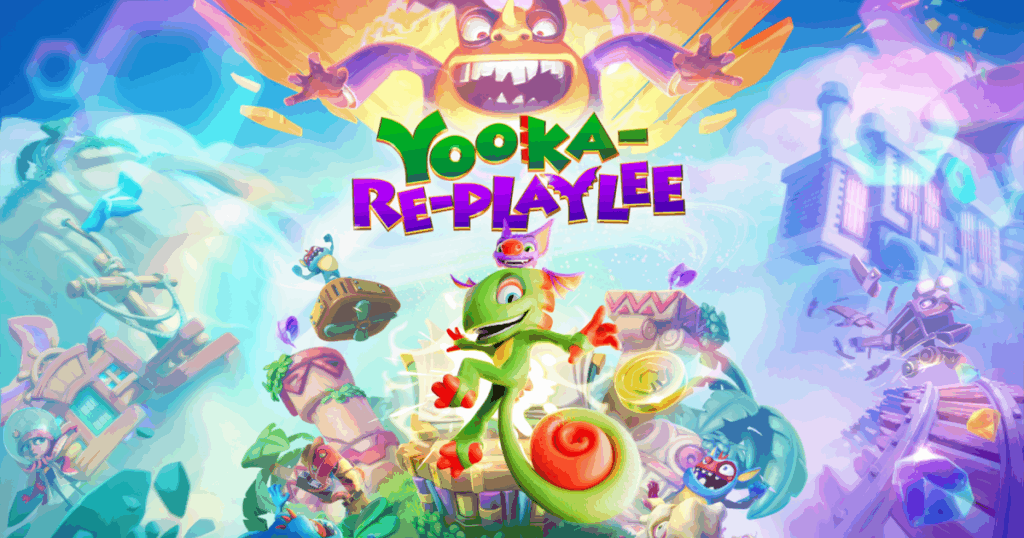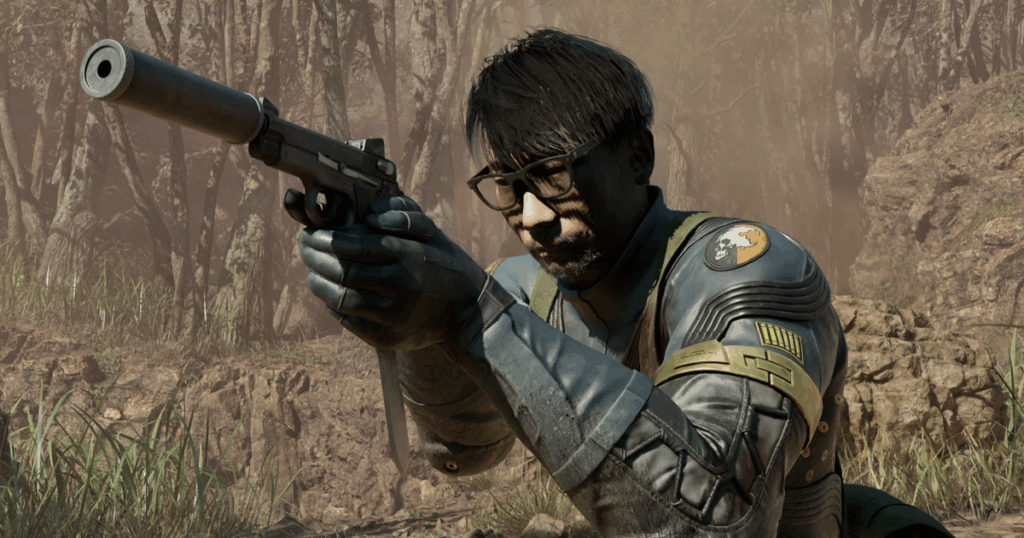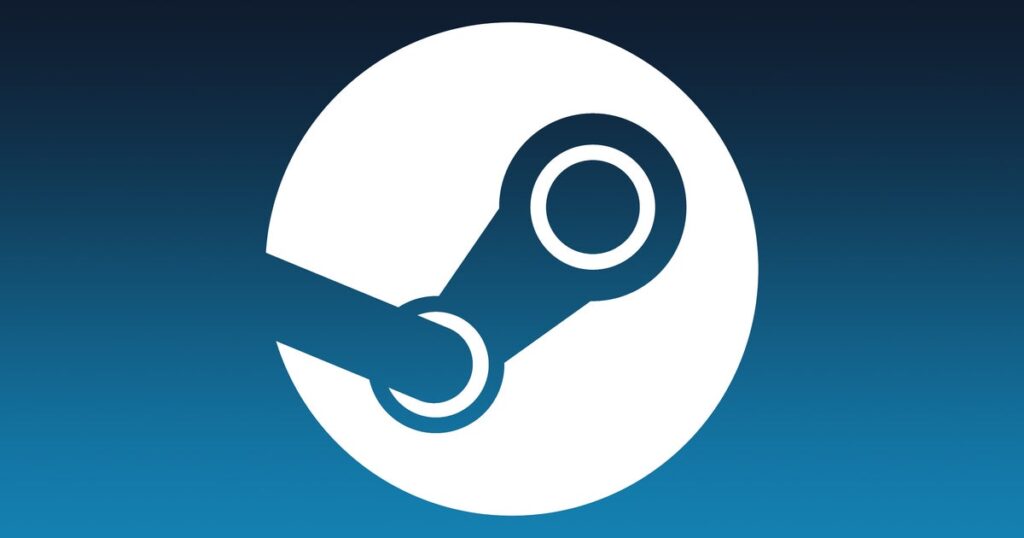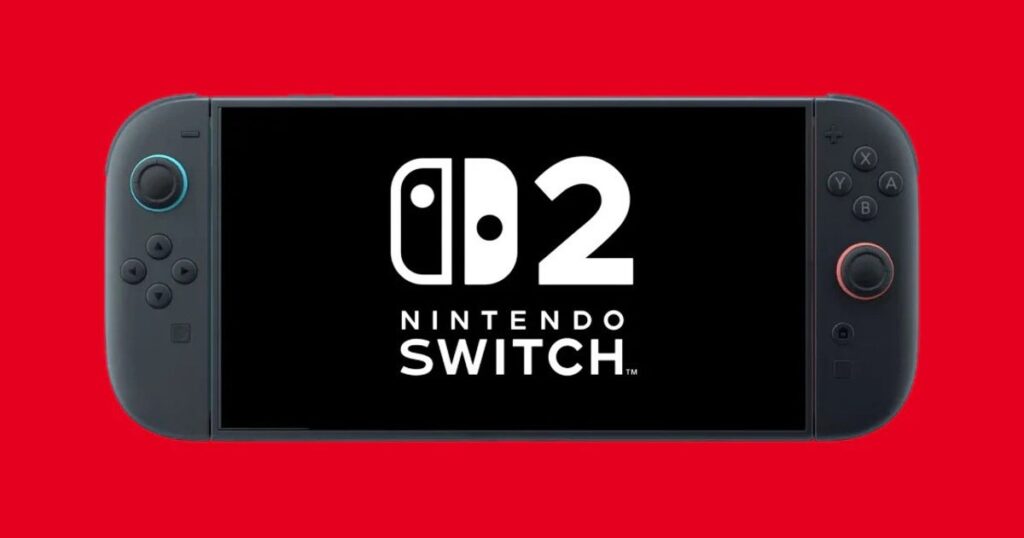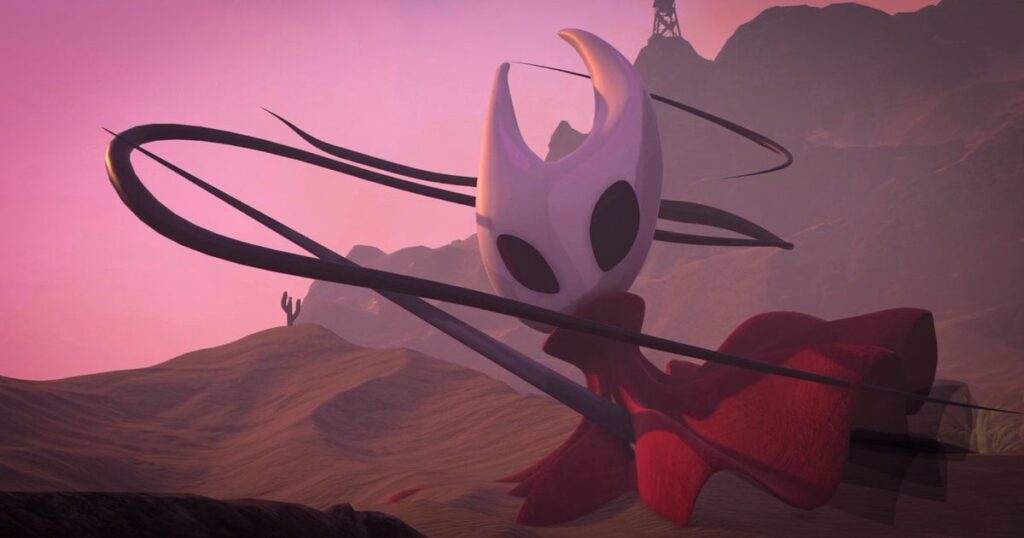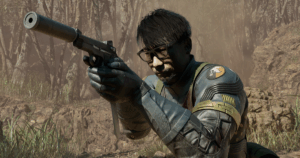Nintendo’s Switch 2 has leapt out of the gates at a stunning pace.
Circana’s latest figures show that it’s running 75% ahead of the sales of the original Switch – itself no slouch – at the same point in its lifespan. Those are US numbers, but most estimates from other markets suggest that the success is global.
Pent-up demand for a Switch successor and impressively good inventory and supply chain management on Nintendo’s part has created a runaway hit. If the company can stay on top of the supply chain and keep shelves well-stocked through the winter, it’ll almost certainly chalk up the strongest opening year of any console in history.
All the reporting of that soaraway success is probably only rubbing salt into the wound, however, if you’re one of the developers that hasn’t been able to get their hands on a Switch 2 dev kit.
Hard numbers on this are impossible to gauge, but much of the industry chatter around Switch 2 coming out of Gamescom has been about how many studios, including some with significant releases under their belts, are still waiting to receive development hardware.
Most developers are extremely tight-lipped about anything to do with Nintendo, which is notoriously touchy about anything related to its behind-the-scenes business ending up in the press. Hence, even if it’s off-the-record, it is nonetheless noteworthy how many people seem willing to vent privately to journalists over the lack of access to dev kits, as Digital Foundry and others reported this week.
Of course, this being such an opaque situation, it could just be that there’s a big shipment of dev kits on the way, and everyone will be happy as can be in a few weeks. But that doesn’t entirely ring true, especially given that some studios are reportedly being told to focus their efforts on Switch 1 development and rely on backwards compatibility to reach Switch 2 players.
Conspiracy theories have swirled around the reports of the dev kit shortage, with many comments online speculating that it’s an attempt to control access to the hardware in order to protect its security from would-be hackers.
This doesn’t make a lot of sense in practical terms – it’s largely just a reflection of consumers’ ongoing focus on Nintendo’s heavy-handed efforts to crack down on unauthorised uses of the system.
A more believable explanation would be that the company is trying to exert some kind of quality control over early third-party Switch titles by prioritising dev kit access for teams that have passed some kind of internal vetting process.
That might be true, but it’s using some highly unusual criteria if so. Quite a few small studios with very limited track records have dev kits in hand, while some much more well-established teams have seemingly been left out in the cold.
Perhaps more compelling, then, is the notion that Nintendo is trying – a little chaotically – to control the transition between Switch and Switch 2, and to ensure that the early success of Switch 2 doesn’t result in a complete drought of third-party software for the original Switch (which still has a huge active userbase).
Given that it’s entirely possible to develop Switch titles that benefit from the higher specs of Switch 2 to deliver an enhanced experience, it’s credible that the company would want to push developers down that path for the first year or so, especially given that Switch sales were relatively strong right up to the launch window of its successor.
The thing is, though, that all of these explanations rest on an assumption that may be entirely unfounded – namely, that there’s actually a strategy in play here. It is equally likely that this is just Nintendo falling back on old habits.

Supporting third-party developers, especially smaller and independent studios, has not historically been the company’s strong point, and you only need go back to coverage in the trade press around the launch of Nintendo systems prior to the Switch to find complaints that are eerily similar to those now being heard.
Unlike Sony and Microsoft, which built their console business around encouraging and providing for third-party developers prior to developing their own strong studio line-ups, Nintendo has historically been primarily focused on developing first-party software for its own platforms, with third-party releases being, if not quite an afterthought, then certainly a distant second place.
That prioritisation is understandable when you look at the breakdown of software sales on Nintendo consoles, where first-party games absolutely dominate. With much of the remaining minority of third-party sales being accounted for by large publishers’ franchises, support for smaller partners is well down the list of the company’s priorities in the early stages of its consoles’ lifespans.
This has often resulted in limited access to development hardware, and some developers complain of weak support even for those studios that have the kits.
Nintendo has historically been primarily focused on developing first-party software for its own platforms
Even if looking at it from Nintendo’s point of view makes the under-resourcing of third-party developer relations make some commercial sense, that’s little comfort to studios that are unable to start working on Switch 2 titles even as the console sells by the millions. The solid commercial prospects for releasing on Switch 2 make it very hard to ignore for developers choosing target platforms – but for now at least, the path to bring software to market on the device seems to be a deeply frustrating and uneven one for many studios.
The light at the end of the tunnel, at least, is that on previous Nintendo platforms, these issues have largely been resolved over time, with access to dev kits becoming more plentiful and less haphazard as the months wore on. Although that’s cold comfort to those studios with games that are well-suited to Switch 2, but that are currently watching the days tick away without the hardware they need to start development in earnest for the system.
Nintendo will always march to the beat of its own drum. We can only hope that the coming months see that drumbeat start to move things along in its handling of third-party developers.

